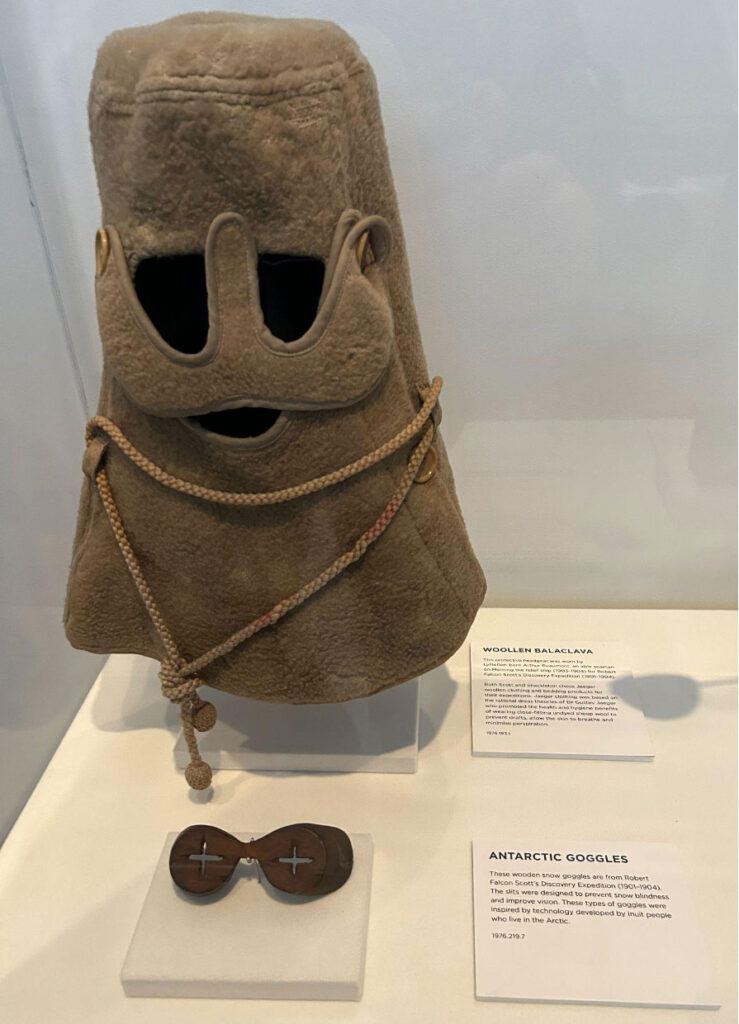After departing from Oregon and flying a quarter of the earth’s circumference (7300 miles), we find ourselves in the beautiful city of Christchurch, New Zealand (NZ). As far as we have come, we still have one more 2,400 mile flight to get to the McMurdo Research Station in Antarctica.

Making our way through customs with lots and lots of gear after a 13 hour all-night flight.
Christchurch is one of five gateway cities for scientists and workers traveling to research bases in Antarctica. This is a point of pride and celebration for this community. We were fortunate to be here during the annual Laying of the Wreaths ceremony at the statue of Robert Falcon Scott, an early explorer who died in Antarctica. This tradition, started in the 1930’s and maintained by the NZ Antarctic Society, pays tribute to those “Antarcticans who currently serve and those who have gone before.” We felt honored to be present during this ceremony and receive the well-wishes and blessings of the people of Christchurch.

Statue of Robert Falcon Scott, created by his wife after his death
The funder of most US Antarctic Research, the National Science Foundation, maintains a base here to support Antarctic scientists. They provide us with our extreme cold weather gear.

Extreme cold weather gear includes big red, insulated pants, bunny boots, goggles, hats, gloves, and other items.
We toured the Canterbury Museum, which holds the largest collection of Antarctic relics in the southern hemisphere. We found it incredibly interesting to compare gear used by early explorers to our own.


Extreme cold weather gear used by early explorers: reindeer hide boots, a woolen balaclava and wooden goggles.
We discovered not only exhibits about Antarctic history, but also this exhibit in the local library, celebrating the contributions of female scientists currently doing research there. The exhibit included scientists working in biology, oceanography, policy and social science, highlighting the diversity of scientific fields and people working in the Antarctic.

As we wait for weather conditions in McMurdo to improve, we are enjoying the unique character of this “gateway to the Antarctic.” Having the opportunity to learn about the history of Antarctic exploration and spend time in a place where Antarctic researchers and workers are abundant, we realize how lucky we are to be part of such a unique experience. We are excited to talk to you more soon from the ice!

One of several murals depicting Antarctica
Michael Rodriguez and Jacob Wynne
